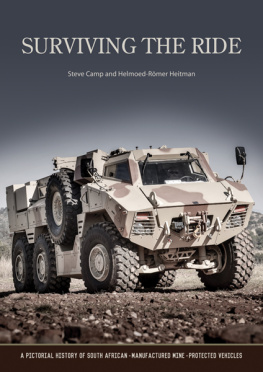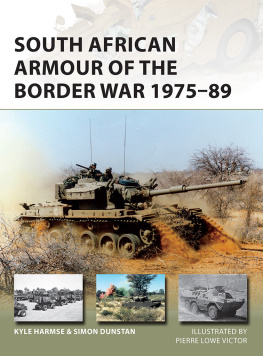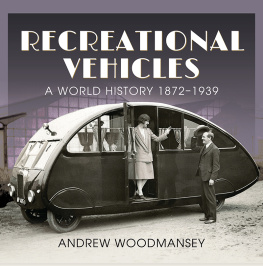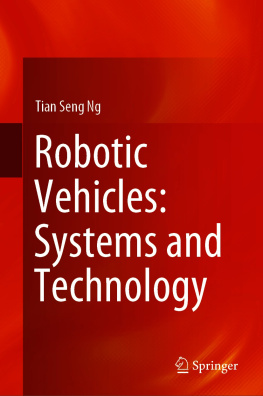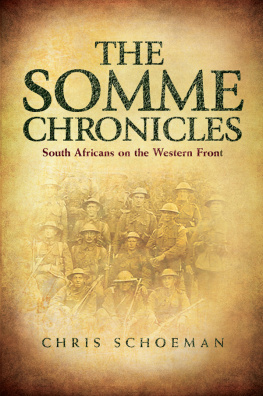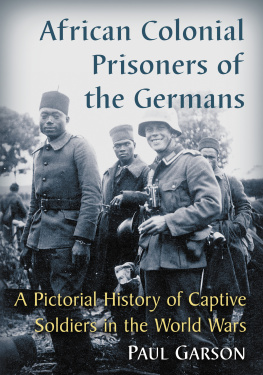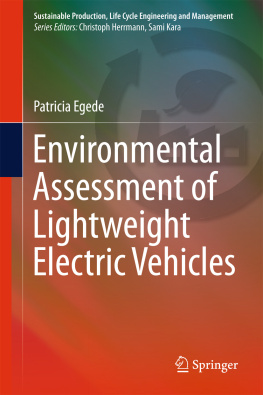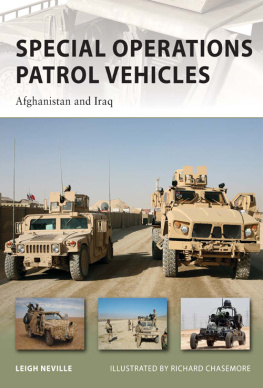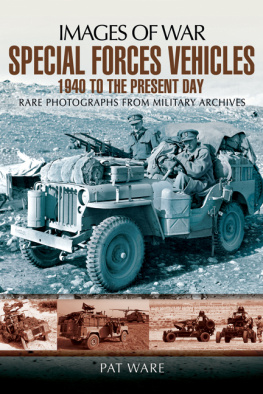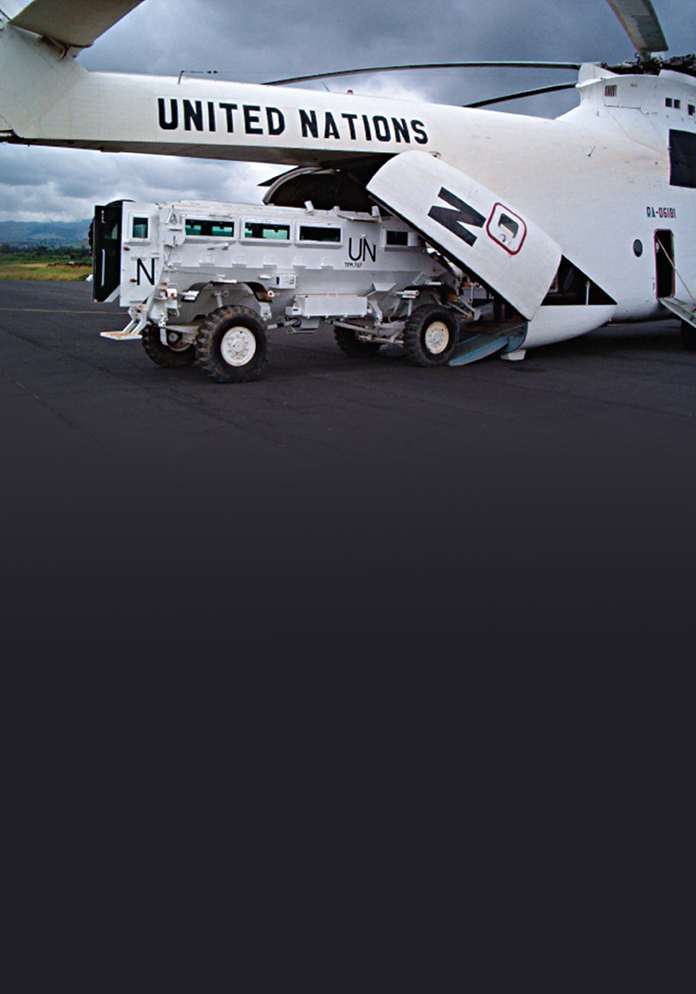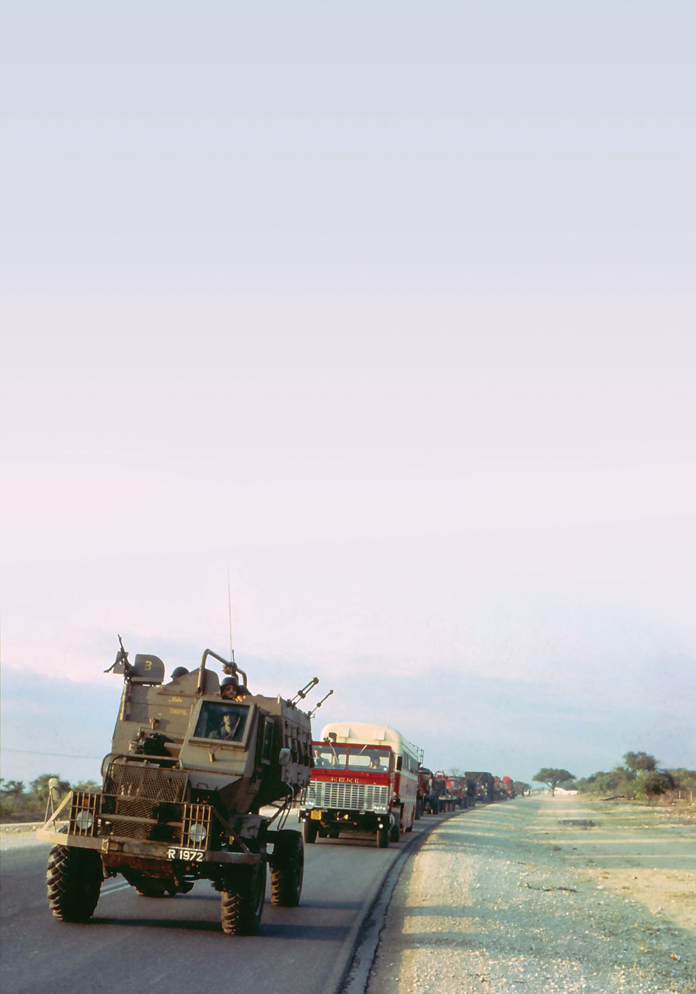
Acknowledgements
There are several individuals without whose assistance this book would have been much more challenging to produce, and we would certainly have missed some of the more obscure vehicles.
Foremost among them is Koos Joubert, one of this countrys leading military vehicle experts, with more than 40 years of experience in this field, and who contributed to many of South Africas mine-protected vehicles and to the development of other army equipment. He has plans to write his own book, for which we will definitely be the first customers!
Frans Beetge, Andr Coetzee, Pierre Victor, Richard Hendry, Dr Stefan Nel, himself something of a maverick in armoured vehicle design and who developed the flat-bottom mine-protection system of the Badger, and Lt-Col William Marshall, perhaps the ultimate researcher in this field, all of whom were invaluable advisors for the early decades. John Dovey and Chris Cocks for their meticulous proof-reading.
Capt Gerald Prinsloo, Nosisa Nyathi and Marlene Swanepoeffor without dedicated archivists who so carefully preserve military records and photographs, our task as historians would be that much more difficult.
Social network sites by their very nature not only keep history alive but unearth photographs and personal accounts that would not otherwise see the light of day. Keep up the good work Johan Schoeman www.warinangola.com and James Dekker www.sa-soldier.com.
We wanted a book that was beautifully laid out. Kerry Pentz you have done us proud.
To everyone else who in your own special way has contributed to our book.Col Pat Acutt, Stu Affleck, Cameron Belling, Dolf Binneman, Johannes Botha, Warren Burgess, Martin Camp, Richard Camp, Peter Camp, Dr Mark Cochlan, Lt-Col Chris Craig-Mackie, George de BeerCraig Davel, Larry Dicks, Johan Dormehl, Ian Douglas, Okkie du Plessis, Tom Geldart, Jack Geldenhuys, Dave Gordon, Lt-Col Raymond Halls, Mike Haynes, Hennie Heymans, Michael Hill, John Keating, Lt-Col Diederik Kruger, Maj Mark Levin, Mike Lohrentz, Frans Marais, Chris Mathews, Dr Paul McGarr, Chris Morrissey, Pieter Muller, Elsette Musso, Natasha Pheiffer, Hansie Pieterse, Dr Steve Purcell, David Rees, Kevin Rhodes, Dick Stent, Paul Smith, Shane Spilsbury, Etienne Steenhuisen, Lt-Col Pat Titlestadt, Kevin Trodd, Ian Tyrer, Peter Upfold, Pete van der Spek, Nick van Vuuren, Jaco van Zyl, Alan Waddilove, Bill Williams, Lt-Col Gary Williams.
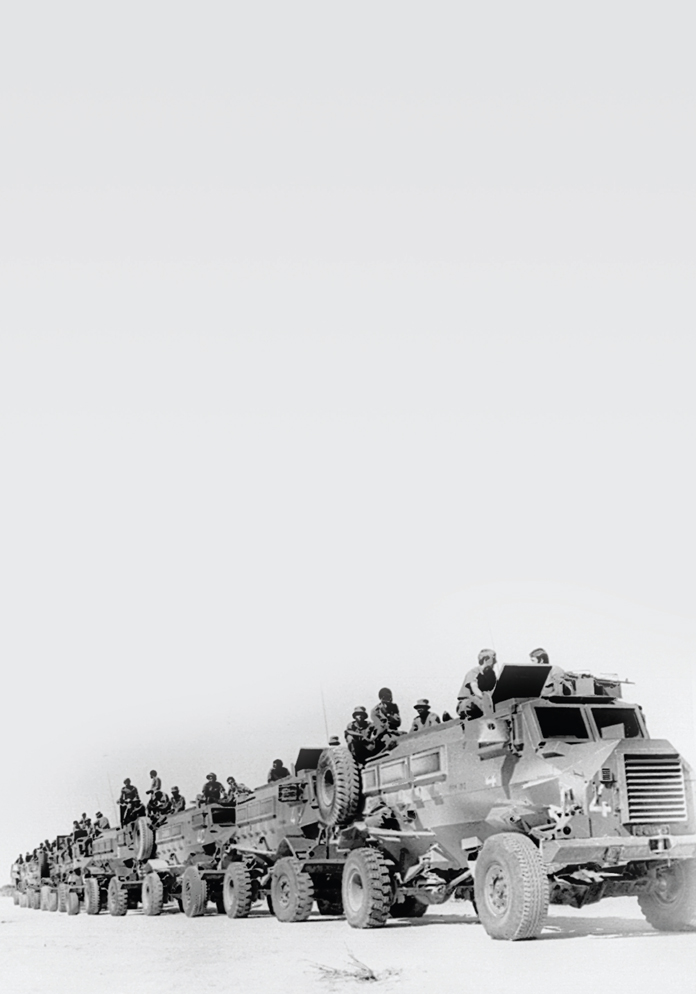
Authors note
A few months into our book project we became acutely aware of just what a difficult task we had taken on. An enormous amount of research and development was carried out into mine-protected vehicles in South Africa during the seventies and eighties, yet very little is known about the actual details.
The companies that were involved in those pioneering years have mostly closed down since then, or their intellectual property changed hands and, sadly, many records and photographs have been lost along the way. The people involved have, 40 years on, mostly retired and moved home, some have emigrated and some have passed away.
Another challenge was that much of this development happened in great secrecy because of the UN-led international arms embargo against South Africa. There were many vehicles that never went beyond prototypes and, while through word of mouth we knew these vehicles existed, tracing their history was no mean task. Despite our best efforts, we are sure that there are still some projects and perhaps even vehicles produced in small numbers that we have been unable to identify.
Finding good photos of these vehicles, particularly photos taken in the operational area, proved very difficult, given the secrecy surrounding their development and the strictly enforced SADF policy of not allowing cameras in the operational area. Many of those that we did find were unfortunately not very good from the point of view of reproduction. Apart from these challenges, the industry itself is a very complex one, and it has been difficult trying to complete the jigsaw to establish an overall picture and time line of who was developing what and when, with many of the important details lost to the mists of time.
We have tried our best to capture this important part of South Africas military history as accurately as possible before more of it is lost for good. In some cases, however, there was only scant information available, forcing us to make educated assumptions, which in some instances may not be absolutely accurate.
It has been a fascinating journey, with some interesting discoveries along the way, and we hope we have captured this important aspect of our history adequately. South Africans can be proud of the mine-protection technology that was born in this country and which led South Africa to become a global leader in this field.
Foreword
The pictorial history of mine-protected vehicles put together by Steve Camp and Helmoed-Rmer Heitman in Surviving the Ride is a collectors item and a must read book. Paging through the chapters, I once again realised how innovative and ingenious South African scientists, engineers, technicians, artisans and soldiers have been in conceptualising, designing, developing, testing and producing such a variety of world class mine-protected vehicles.
These vehicles have saved, and still will save, many South African and other soldiers and civilians in unconventional wars where the landmine is employed as a cheap and nasty terrorist weapon.
When the United Nations enforced the Arms Embargo on South Africa in the mid-70s, there were no allies we could turn to for support, and we had to develop our own designs and the test criteria for developing vehicles to protect soldiers and civilians from the devastating effects of anti-tank mine explosions.

